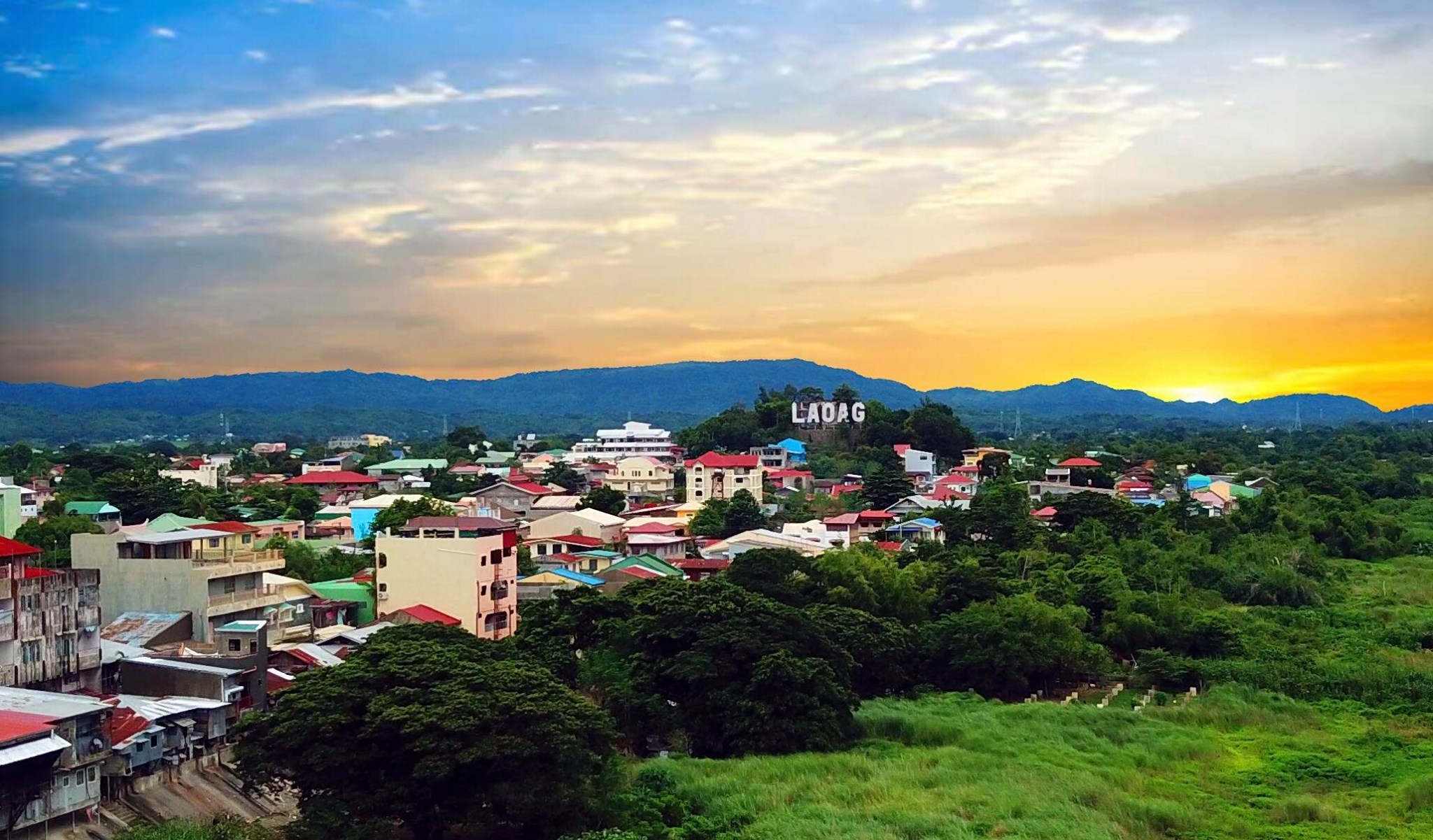
The imposition of a stricter general community quarantine in Ilocos Norte’s capital city of Laoag is extended indefinitely to curb the rise of COVID-19 cases. (Photo courtesy of Laoag city government)
LAOAG CITY—Health authorities in this capital city of Ilocos Norte province extended the stricter quarantine restriction for an indefinite period starting Tuesday (May 25), citing the continuous spike in the number of the coronavirus disease (COVID-19) in the past two weeks.
On May 13, the city was placed by Ilocos Norte Gov. Matthew Marcos Manotoc on a two-week general community quarantine (GCQ), the third most stringent quarantine classification in the country.
Mayor Michael Marcos Keon said “unofficial data” from the Department of Health (DOH) in Ilocos Norte showed that the average daily attack rate (ADAR) in the city increased even with the imposition of GCQ, from 8.65 percent to 10.57 percent, which is considered high.
The higher ADAR means higher the risk of infection, according to DOH.
However, the city’s two-week growth rate decreased from 48.94 percent to 17.93 percent, which is considered moderate, according to the mayor.
At least seven villages, namely, Bacsil-South, Calayab, Rioeng, San Matias, Santa Balbina, Tangid, and Zamboanga, saw high COVID-19 caseloads from September last year to April 15, according to the May 24 report of the Commission on Population and Development (Popcom).
Health protocols and proper contact tracing should be strictly implemented in these barangays, according to Popcom.
As of May 25, the city recorded 180 active COVID-19 cases, which is around 39.21 percent of the total active cases in Ilocos Norte.
Data from the provincial government also showed that at least 143 new infections were added to the city’s COVID-19 tally, accounting since the city reverted to GCQ on May 13.
Elsewhere in the province, Manotoc also placed the town of Bacarra on modified enhanced community quarantine, the second most restrictive form of quarantine, starting May 24 until further notice. The town was previously under the least restrictive modified general community quarantine.
As of May 25, Ilocos Norte recorded 2,588 total COVID-19 cases since the start of the pandemic last year. At least 459 of these remain active. The province has a recovery rate of 81.07 percent and a death rate of 1.20 percent.